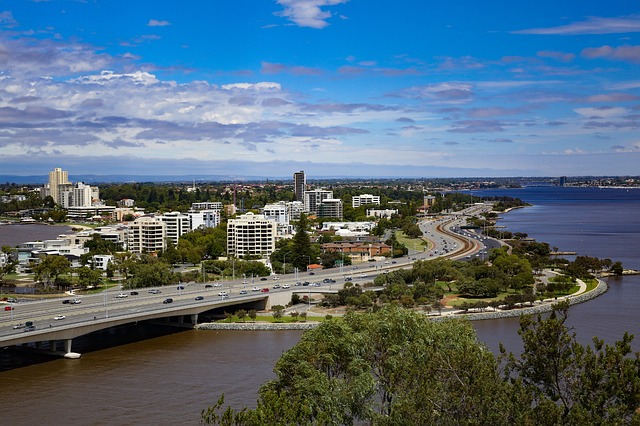
Mighty Translation provides professional Chinese Translator services for residents in Perth, Australia. Whether it’s certified translation prepared by NAATI Chinese translators or business translations in general, our Chinese translators are ready to assist.
We retain the best and proven talent, and service satisfied repeat-customers with our quality translation services. All major Asian-European languages are taken care of by top-notch, native speaking translators who are full-time translators. We feel strongly that dedicated full-time translators deliver much better quality, as they are not distracted by other work or treat translation work as just ‘supplementary income’.
Ordering your document translation is easy.
View the list of languages we support as well as get an instant quote
Specialised Perth Translation Services
| Advertisement and Marketing | Aged Care and Nursing | Agriculture and Primary Industries |
| Banking and Insurance | Legal Contracts | Materials and Construction Services |
| Personal Documents | Financial Translation | Manufacturing and Engineering |
| Tenancy Related Documents | Chemical Engineering | Mining and Energy Industries |
| Schools and Education | Software and Applications | Leisure and Hospitality |
| Catering and Foods | Hotels and Cruise Services | Real-Estate and Property |
Perth History Later 19th century
The latter half of the nineteenth century, and in particular the last two decades, saw Perth begin to grow for the first time in a significant way. In 1877, a telegraph line from Adelaide to Perth was completed, vastly improving intracontinental communication. This increased the growth of colonial media, such as the first weekly newspaper, the Western Mail, which commenced publishing in 1885.
Government architecture continued to shape the central city. In 1874 large and impressive government offices were constructed, housing the Cabinet, Treasury, Titles Office and Post Office. The business district developed slowly with a mix of shops and cottages to the west of Barrack Street. By the 1880s residential development had commenced in West Perth, while industrial development was concentrated in East Perth.
During this time two events significantly shaped the development of both central Perth and the wider metropolitan region: the construction of a railway from Fremantle to Guildford, completed in 1881, and the Western Australian gold rushes, commencing in 1885.
Gold boom (1885 – 1901)
The discovery of gold in the Kimberley, Murchison and Kalgoorlie regions in the 1880s and 1890s, and the concurrent granting of responsible government to Western Australia in 1890 had a huge impact on the development of Perth. The physical nature of the city changed dramatically with economic prosperity and the increase of population as a result of gold rush immigration. In one decade the population of the city tripled, from 8,447 in 1891 to 27,553 in 1901. By the beginning of the twentieth century, Perth was totally transformed. Its streets were lined with elaborately styled multi-storey buildings, many of which were designed by members of a now large architectural profession, and the population had spilled over into new suburbs that encircled the city.
The location of the central Perth railway station had an enormous influence on the pattern and concentration of land uses within the city. With the railway line providing a boundary to the north, and the Government domain to the south, commercial and professional development was concentrated within the city’s central axis, bounded by William and Barrack Streets. This development was highlighted by the opening of Western Australia’s first department store, Boans, in 1895. Eventually, several department stores opened in this precinct, including Foy and Gibson, Aherns, Bon Marche, Myers and David Jones. This created a vibrant walkable district, accessible by public transport, that remains to this day.
The population growth provided the impetus for the expansion of infrastructure, services, and facilities, although not necessarily fast enough to cater for growing demand. In 1893, electricity generation was made available to the city of Perth, and the suburban rail line was extended from Perth to Armadale in the same year. In 1898, the Perth Zoo opened.
In 1897, Fremantle Harbour was officially opened. The harbour provided access to the Swan River for larger vessels, made possible after blasting the rocky bar across the Swan River mouth and dredging under the guidance of the colony’s Engineer-in-Chief, Charles Yelverton O’Connor. The completion of this project set the seal on Fremantle becoming and remaining the main harbour in Western Australia, finally supplanting Albany.
On 28 September 1899, the first electric tram services commenced, operated by Perth Electric Tramways Ltd, with services from East Perth along Hay Street to Milligan Street.[ The Perth Mint, on Hay Street in East Perth, opened the same year.